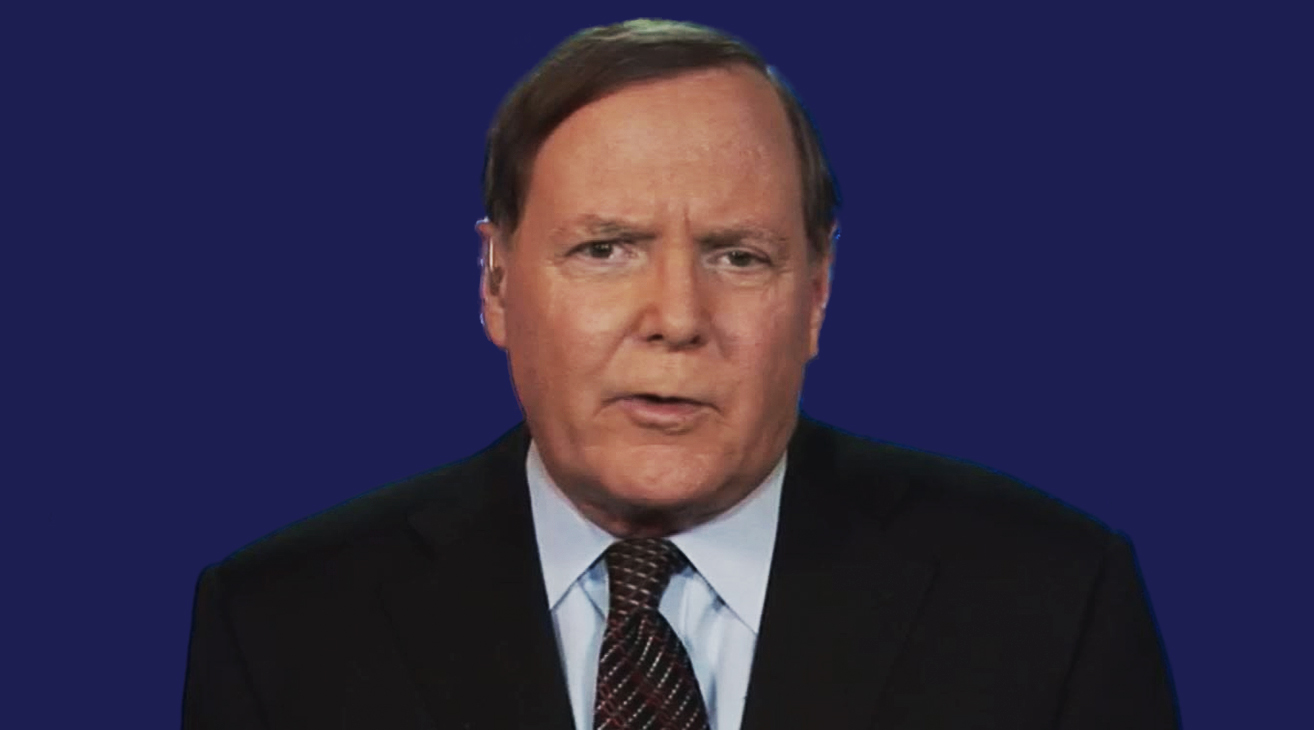by Kristina Hooper, Invesco Canada
August is supposed to be a slow, relaxing month – but this August was anything but that for investors. Trade frictions were on the rise for much of the month. The U.S. Treasury yield curve inverted several times, causing jitters for investors concerned that a U.S. recession is imminent. Of course, stock volatility rose, with the CBOE Volatility Index (VIX) hitting its highest level of 2019 in the month of August.1 Instead of enjoying calm, sunny days, markets were rocked last month by interviews with Federal Open Market Committee (FOMC) members at Jackson Hole, tweets from President Donald Trump, and geopolitical events in the U.K., Italy and India – to name just a few.
As a result, much of August saw a “risk off” sentiment, with investors crowding into “safe haven” asset classes such as Treasuries and gold. However, a more dovish Federal Reserve has provided some support to risk assets, and so the S&P 500 Index finished August higher than where it began despite a bumpy ride. August provided us all with a reminder of the potential benefits of diversification – and the importance of ignoring the noise and staying invested.
What to watch in September
- Brexit. The Brexit chaos is likely to intensify this week as a showdown seems imminent. U.K. Prime Minister Boris Johnson appears hellbent on leaving the European Union (EU) on Oct. 31 and has done everything he can to ensure that outcome. Last week, Johnson went so far as to suspend Parliament for five weeks between mid-September and mid-October, greatly limiting the amount of time Parliament has to stop a “no-deal” Brexit. Members of Parliament who oppose a no-deal Brexit are trying to pull together and coordinate a “no confidence” vote or a change to the law to prevent Britain from withdrawing from the bloc without an exit deal. Lawsuits have also been filed to prevent a no-deal Brexit and are making their way through the courts. And, as I write this, a Tory member of Parliament has just resigned, removing Johnson’s majority and adding to the uncertainty around events in the U.K. this week. Economic policy uncertainty is likely to rise even more, which could negatively affect business investment, and the pound is likely to remain under pressure.
- The impact of U.S.-China tariff wars. More U.S. tariffs have gone into effect as of Sept. 1, mostly affecting consumer goods from China. And while market sentiment around the U.S.-China trade relationship grew more positive last week, sentiment has reverted to a more realistic position this week. After all, if the U.S. and China are having difficulty deciding on which dates to hold talks this month, it doesn’t seem like an agreement is imminent, to say the least. The trade wars have been negatively impacting U.S. manufacturing, and that was evidenced in the Sept. 3 release of the U.S. ISM Manufacturing Index, which clocked in at 49.1 for August – indicating the manufacturing sector is in contraction. The ISM Manufacturing New Orders sub-index, which I follow closely, dropped precipitously in August to a seven-year low. The new tariffs will likely weigh on U.S. consumers as well – and we’ve just begun to see signs of consumer weakness. The August University of Michigan Consumer Sentiment Index posted its largest drop in six years. But I am even more concerned about the consumer expectations gap, which is showing a growing divide between current conditions and consumers’ expectations for the future. Both measures are dropping, but expectations have fallen approximately double what current conditions have fallen in the last month.2 We will want to monitor U.S. economic data closely, especially as it relates to the consumer.
- The yield curve. In my view, the 2-year/10-year Treasury yield curve seems likely to invert yet again. However, while I expect economic growth in the U.S. to slow, I don’t believe a recession is imminent. A U.S. recession is not a foregone conclusion, but it could easily happen if the trade conflict continues on its current path. As I have said for some time, tariff wars are not good and they are not easy to win. I believe China is in a far better bargaining position than the U.S.; I don’t see any compelling reason why China would capitulate. My base case remains that the trade conflict will not be resolved in the shorter term, but as we approach the 2020 U.S. presidential election, I see an increasing probability that the U.S. will capitulate and take minor concessions from China in order to strike a trade deal.
- Italy. After the collapse of the previous coalition government between the Five Star Movement and the Lega Party, a new coalition government between the Five Star Movement and the center-left Democratic Party (PD) is in the process of being formed. The yield on 10-year Italian government bonds has fallen to 0.865% from 1.80% just three weeks ago,3 clearly indicating relief and confidence in the new coalition government. But a likely coalition does not mean the turbulence will end. Five Star party members must still approve the deal. And then the new government will need to agree on a new budget that will be in accord with the two parties’ critical values and hopefully stimulate Italy’s lackluster economy. The two parties will also need to divvy up the key cabinet posts, which could easily lead to discord. One bright spot is that the PD is pro-European Union (the Lega party was not), which suggests there is less potential for acrimony with the EU.
- The Fed. The next FOMC meeting is just a few weeks away. I do think we will get a rate cut in September, but I am not sure about any other rate cuts. That’s particularly so after hearing from several FOMC members interviewed at Jackson Hole, who made it clear they are reluctant to cut rates again if they can avoid it. I expect the Fed to be data dependent – and trade war news dependent. In any event, Fed easing can’t provide an antidote to tariffs. In my view, the biggest impact Fed accommodation will have will be on stocks and other risk assets
In conclusion, there is a lot happening in September, just as there was a lot happening in August. Investors should try to avoid the noise and not panic. Stay very well-diversified and maintain exposure to risk assets, but also have adequate exposure to alternative asset classes. And keep an eye out for buying opportunities, which can often present themselves in periods of volatility.
This post was first published at the official blog of Invesco Canada.















